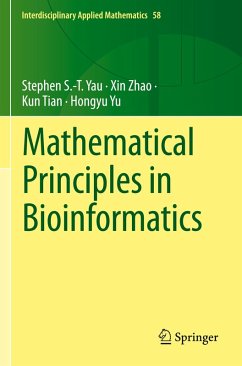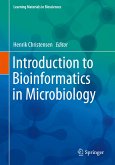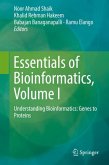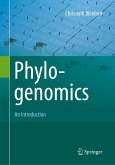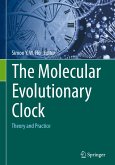This textbook introduces bioinformatics to students in mathematics with no biology background assumed and it provides solid mathematical tools for biology students along with an understanding of how to implement them in bioinformatics problems. In addition to the basics, the text offers new approaches to understanding biological sequences. The concise presentation distinguishes itself from others on the subject, discussing and providing principles that relate to current open problems in bioinformatics as well as considering a variety of models. The convex hull principle is highlighted, opening a new interdisciplinary research area at the intersection of biology, mathematics, and computer science. Prerequisites include first courses in linear algebra, probability and statistics, and mathematical analysis. Researchers in mathematics, biology, and math-biology, will also find aspects of this text useful.
This textbook is written based on the authors' research works thathave been published in various journals along with the lecture notes used when teaching bioinformatics courses at the University of Illinois at Chicago and at Tsinghua University. The content may be divided into two parts. The first part includes three chapters, introducing some basic concepts. Chapter 1 provides biological background in molecular biology for mathematicians. Chapter 2 describes biological databases that are commonly used. Chapter 3 is concerned with alignment methods including global/local alignment, heuristic alignment, and multiple alignment. The second part consisting of five chapters, describes several bioinformatics principles using a rigorous mathematical formulation. Chapter 4 introduces the time-frequency spectral principle and its applications in bioinformatics. In Chapters 5 and 6, two strategies are used, the graphical representation and the natural vector method, to represent biological sequences, and conduct sequence comparison and phylogenetic analysis without alignment. Chapter 7 presents the convex hull principle and shows how it can be used to mathematically determine whether a certain amino acid sequence can be a protein. The last chapter summarizes additional mathematical ideas relating to sequence comparisons, such as new feature vectors and metrics. This part focuses on the governing principle in biology and provides plenty of alignment-free methods, which cannot be found in any other book.
This textbook is written based on the authors' research works thathave been published in various journals along with the lecture notes used when teaching bioinformatics courses at the University of Illinois at Chicago and at Tsinghua University. The content may be divided into two parts. The first part includes three chapters, introducing some basic concepts. Chapter 1 provides biological background in molecular biology for mathematicians. Chapter 2 describes biological databases that are commonly used. Chapter 3 is concerned with alignment methods including global/local alignment, heuristic alignment, and multiple alignment. The second part consisting of five chapters, describes several bioinformatics principles using a rigorous mathematical formulation. Chapter 4 introduces the time-frequency spectral principle and its applications in bioinformatics. In Chapters 5 and 6, two strategies are used, the graphical representation and the natural vector method, to represent biological sequences, and conduct sequence comparison and phylogenetic analysis without alignment. Chapter 7 presents the convex hull principle and shows how it can be used to mathematically determine whether a certain amino acid sequence can be a protein. The last chapter summarizes additional mathematical ideas relating to sequence comparisons, such as new feature vectors and metrics. This part focuses on the governing principle in biology and provides plenty of alignment-free methods, which cannot be found in any other book.

